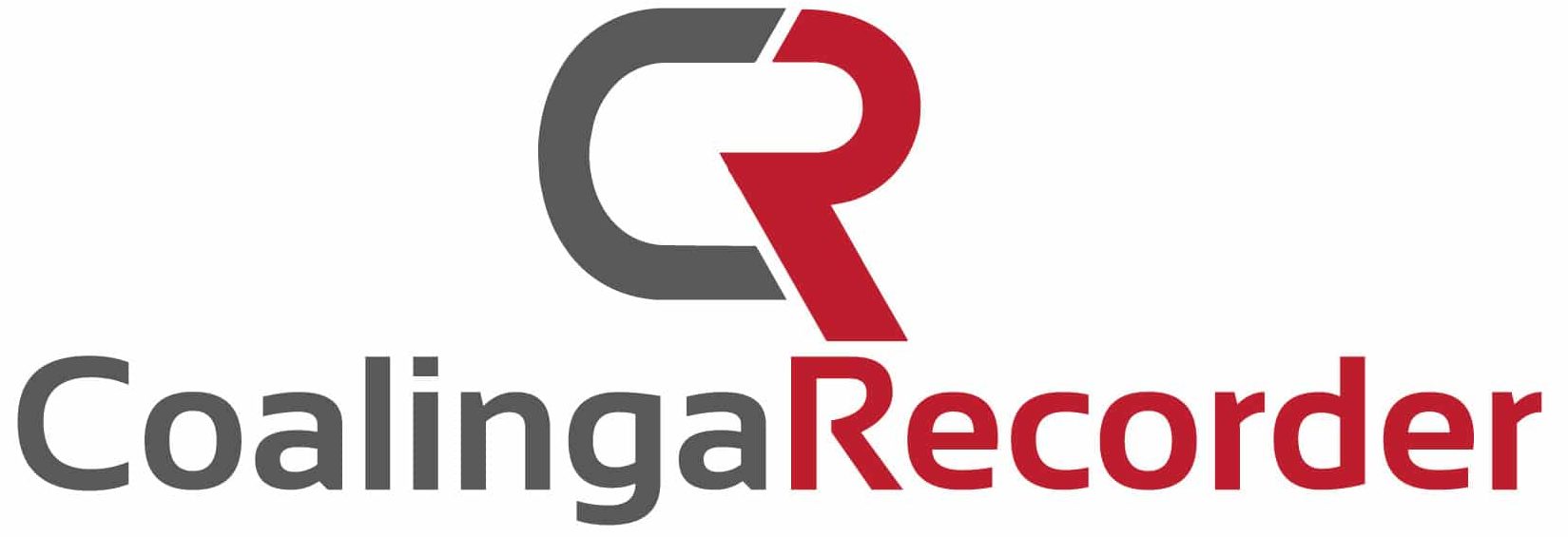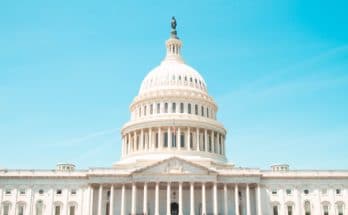The debate related to the uniform school curriculum has been a long and fierce one. While proponents of the uniform approach see it fit to allow the federal government to take control and determine what students should study, a lot of people disagree. The opposition views this as a problematic approach where the states’ rights would be undermined. Regardless of the side of the debate that somebody finds themselves on, it is hard to deny that certain changes are needed immediately. According to Ballast Associates, financial literacy courses are on the front lines of those changes.
Current Standings
Although it is no secret that the United States ranks somewhere in the middle of the list when countries are compared by literacy, math, and science, this is not the most concerning problem at hand. The true issue lies in the fact that there are currently only five states that mandate high school students to take a money-related class. Five out of fifty is an undeniably disturbing statistic that showcases how every four out of five states do absolutely nothing to help teenagers learn the basics of financial responsibility.
Ever-Growing Credit Card Debt
It would be unfair to immediately jump to conclusions about how the aforementioned lack of high school courses on financial literacy perpetuates poor money decisions. Once the person looks into the current debt categories that exist in the United States, however, such assumptions become much more feasible. As per the Federal Reserve, Americans are presently sitting at a jaw-dropping $1.04 trillion worth of debt accumulated through credit cards. That number is nearly three times higher than the number of all people who live here. Of course, lack of education is only one of the factors that contribute to said figure. Things like employment issues, downturns in the economy, and rising prices all play a part as well. The difference, however, is that the educational issues that facilitate credit card debt can be corrected much faster than things such as the economy and prices.
One Class Could Go a Long Way
In order to allow the students to learn the most important basics of financial literacy as applied to credit card debt, there would be no need to create custom programs. According to Ballast Associates, having one class that discusses this topic would probably be more than enough. Why? Because the knowledge needed to maintain healthy credit spending is not very extensive. If it was, nobody other than financial experts would ever be able to tackle the task.
Coursework and Topics Covered
During the one class that Ballast Associates and entities alike advocate for, students could be introduced to topics such as proper credit card utilization, interest rates, time value of money, and budgeting. Even though every single one of those topics could be discussed extensively, high school students would only need to comprehend the basics. These include:
- Keeping credit spendings below 30 percent of the limit;
- The relationship between the interest rates and credit scores;
- How present money is more valuable than future money;
- Budgeting through simple and predictable revenue and expense items.
By understanding these easy ideas, students would be able to accurately gauge if they need credit cards, how often they should use them, and how to avoid overspending each month. Not to mention the importance of implementing mandatory financial coursework in high schools as a tool to build habits of success. After all, teaching teenagers to tread lightly around credit cards will give birth to a generation of caring adults that employ financial literacy to combat impulse purchases and irresponsible spending




